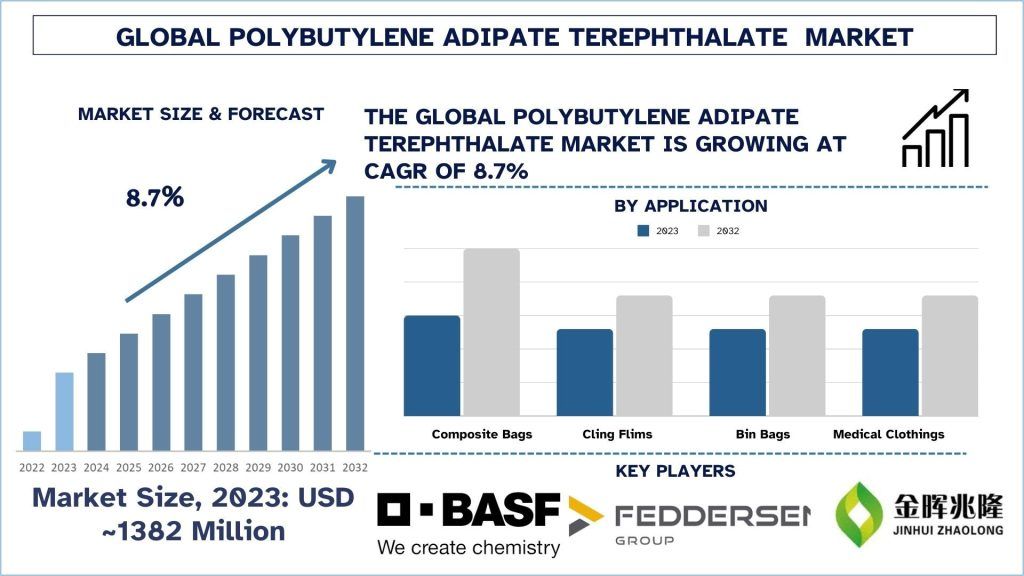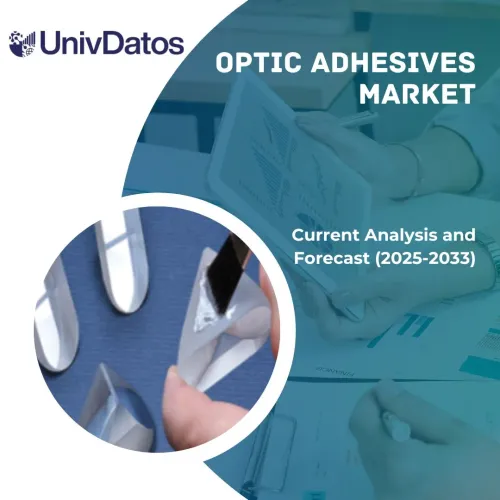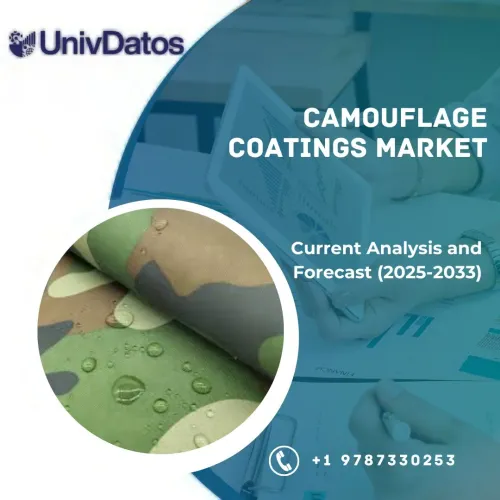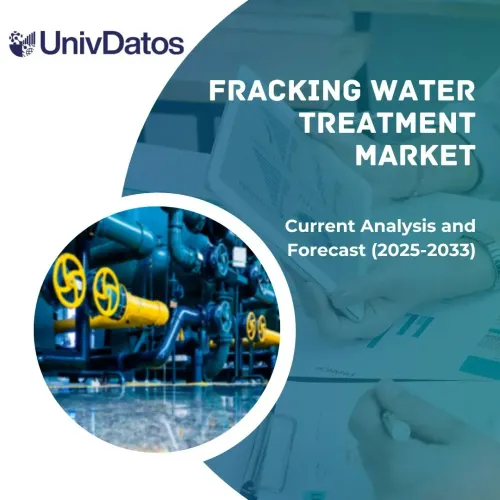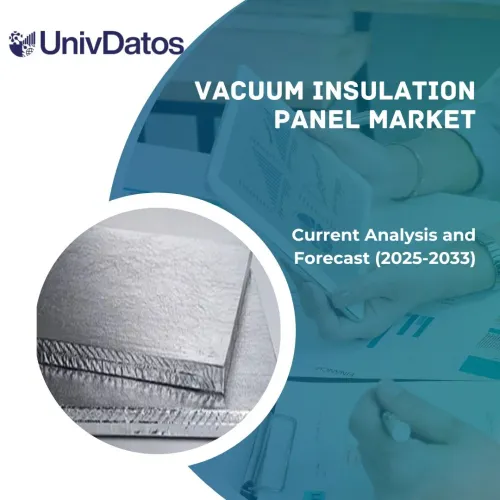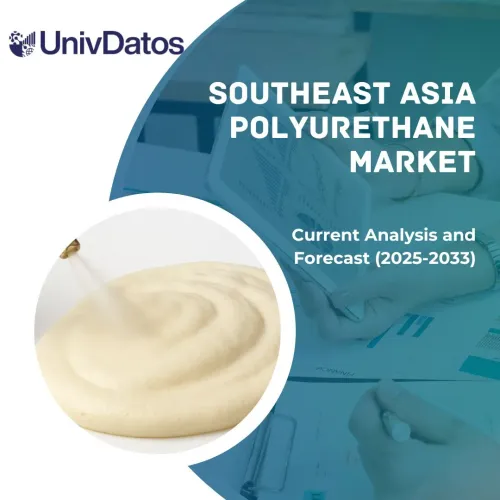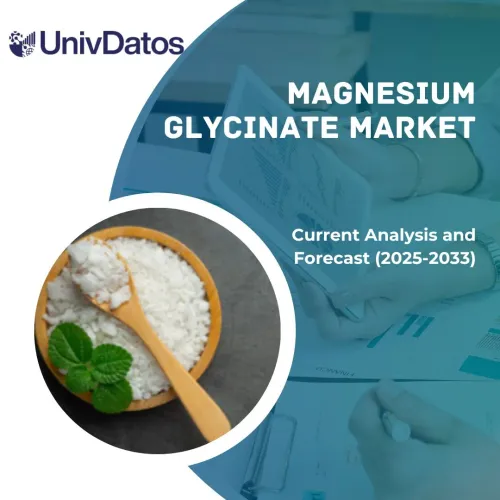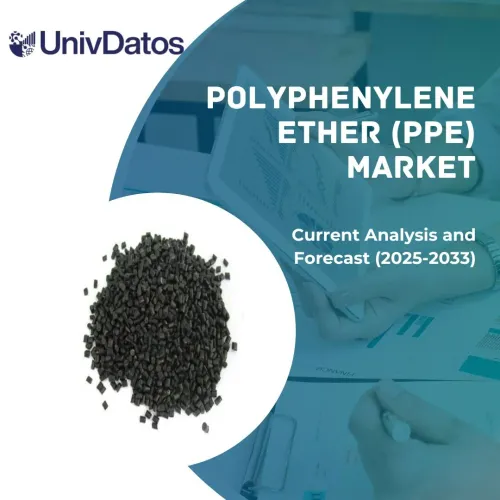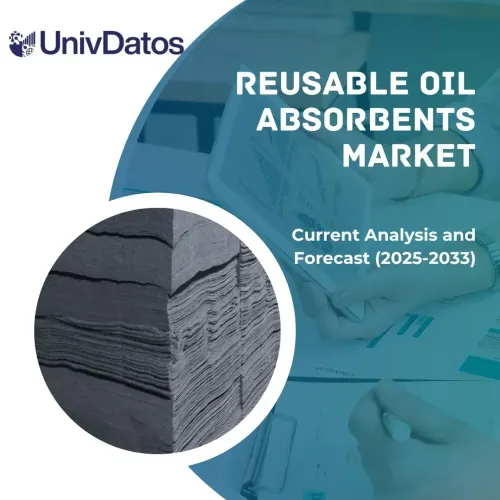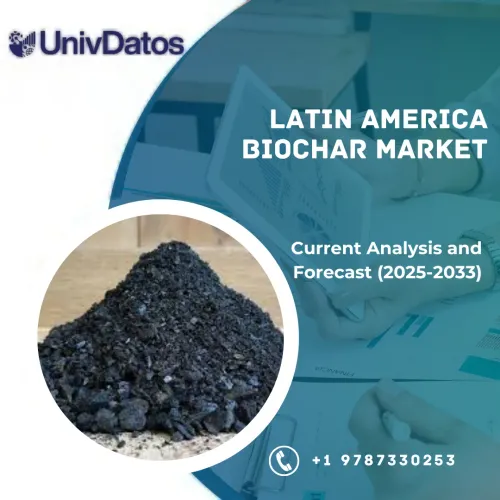- Home
- Chi siamo
- Settore
- Servizi
- Lettura
- Contattaci
Mercato del polibutilene adipato tereftalato: analisi attuale e previsioni (2024-2032)
Focus sull'Applicazione (Sacchi Compositi, Pellicole Aderenti, Sacchi per Rifiuti, Indumenti Medici); Per Uso Finale (Imballaggio, Agricoltura, Pesca, Beni di Consumo, Rivestimenti); Regione/Paese
Dimensioni e previsioni del mercato del polibutilene adipato tereftalato
Il polibutilene adipato tereftalato (PBAT) è un copoliestere biodegradabile derivato da acido adipico, acido tereftalico e 1,4-butandiolo. Il PBAT è noto per la sua versatilità, elevata resistenza alla trazione e biodegradabilità. Viene utilizzato in materiali da imballaggio, film agricoli e nella maggior parte delle altre plastiche monouso. Può essere combinato con altre bioplastiche, incluso l'acido polilattico (PLA) per migliorare le prestazioni. Il PBAT è utilizzato negli imballaggi sostenibili perché il materiale si degrada in condizioni di compostaggio industriale ed è quindi considerato plastica compostabile.
Con un numero crescente di paesi che adottano divieti o tasse sulle plastiche convenzionali, il PBAT rimane uno spazio di crescita molto interessante come alternativa nei segmenti degli imballaggi sostenibili, agricoli e medici. I continui cambiamenti osservati nelle miscele di biopolimeri e il graduale sviluppo delle tecnologie di riciclaggio del PBAT ampliano le opportunità di mercato per le imprese e possono favorire notevolmente l'efficienza dei costi.
Analisi del mercato del polibutilene adipato tereftalato
I cambiamenti dinamici nel mercato del PBT sono dovuti al progresso nell'introduzione di nuove tecnologie e materiali e alla crescente preoccupazione per le soluzioni ecologiche. Una delle tendenze più importanti è stata il passaggio all'uso del PBT a base biologica, poiché le aziende cercano di dipendere dai combustibili fossili. Le plastiche PBT a base biologica hanno anche proprietà meccaniche simili al PBT non a base biologica, ma sono riciclabili e hanno un'impronta di carbonio inferiore poiché derivano da fonti di carbonio biologiche.
Oltre alla crescita del PBT, sono vantaggiosi anche gli aumenti della compatibilità ambientale del PBT; uno di questi è il miglioramento della riciclabilità del PBT. Con le industrie e i governi che adottano concetti di economia circolare, il mercato dei materiali riciclati ha visto una spinta. Per questo motivo, molte aziende stanno cercando di acquistare tecnologie che consentano il riciclaggio del PBT senza un grave degrado delle proprietà di questo materiale. Questo è considerevolmente significativo in settori come l'automotive e l'elettronica, dove la riduzione al minimo dei rifiuti è molto apprezzata.
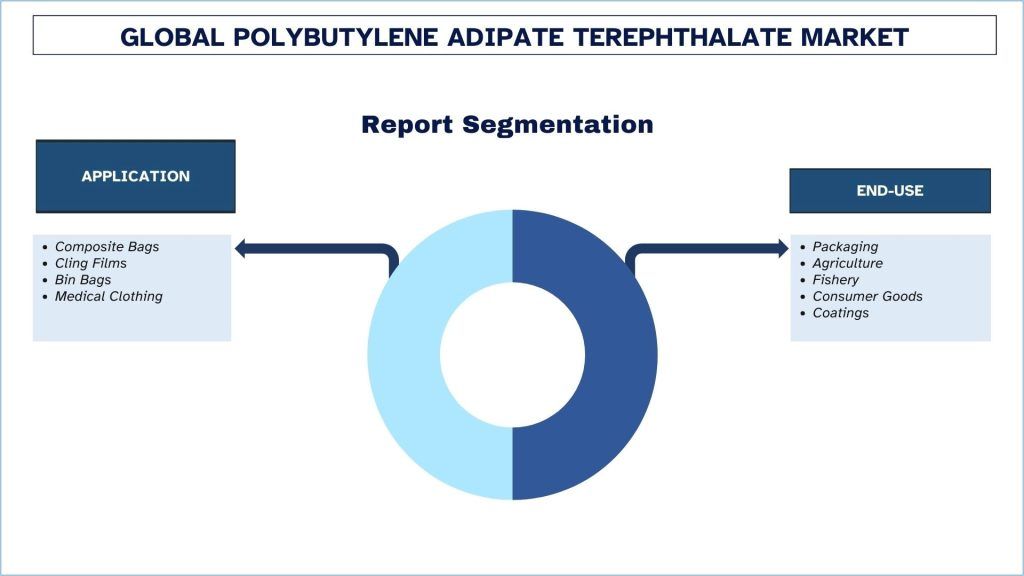
Tendenze del mercato del polibutilene adipato tereftalato
Sviluppo tecnologico:
Sulla base degli sviluppi tecnologici, dei requisiti del settore e del sostegno del governo ai materiali sostenibili, si prevede che il mercato del PBT abbia prospettive favorevoli. L'industria automobilistica è uno dei mercati interessanti per il PBT, in particolare il mercato dei veicoli elettrici, o EV. Di conseguenza, con la crescita dell'adozione di veicoli elettrici, ci sarà una corrispondente crescita nella necessità di materiali leggeri ma ad alte prestazioni come il PBT. Grazie a proprietà quali elevata resistenza al calore, durata e resistenza elettrica, il PBT può essere efficacemente incorporato nelle parti dei veicoli elettrici, in particolare gli involucri di batterie e connettori, nonché i sensori.
Si prevede che l'Europa crescerà con un CAGR significativo durante il periodo di previsione
L'Europa ha contribuito in modo significativo all'espansione del mercato del polibutilene adipato tereftalato. Ciò è dovuto principalmente agli elevati standard di protezione ambientale e all'enfasi a lungo termine sulla sostenibilità ambientale. L'Unione Europea (UE) ha avuto diverse politiche sulla riduzione delle materie plastiche, come il divieto delle plastiche monouso e il requisito per le plastiche biodegradabili e compostabili. Questi hanno imposto la necessità per le aziende, in particolare nei settori dell'imballaggio e dell'agricoltura, di adottare prodotti a base di PBAT come la nuova alternativa a questi regolamenti. Inoltre, man mano che il consumatore diventa più consapevole dell'ambiente, l'uso di PBAT ha guadagnato popolarità poiché sempre più commerci e industrie cercano materiali più ecologici da utilizzare nei loro prodotti. Il PBAT è anche facile da adottare grazie alla crescita e alla stabilità delle industrie di compostaggio all'interno della regione e quindi si interfaccia con produttori e consumatori alla ricerca di sostituti rispettosi dell'ambiente.
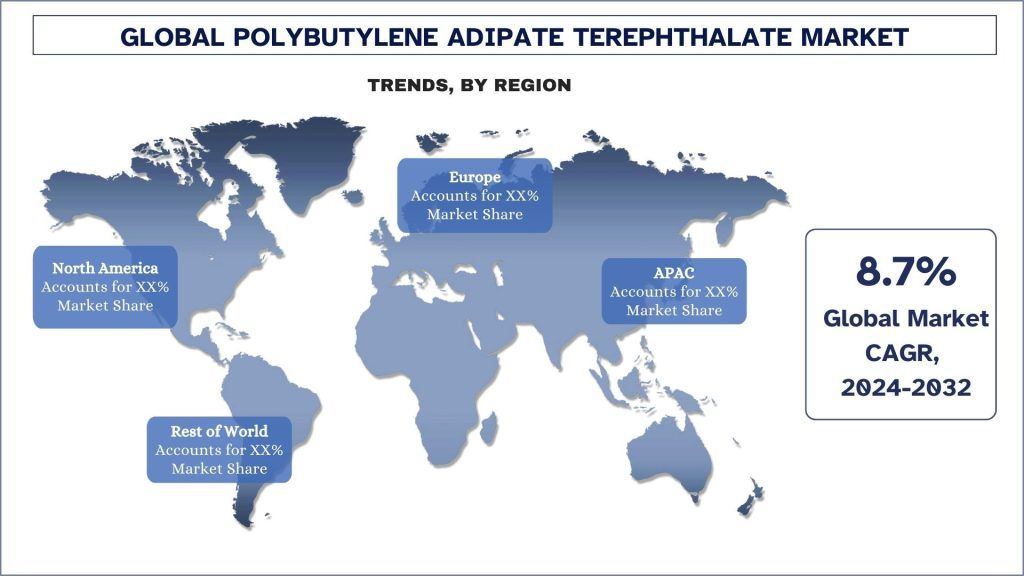
Panoramica del settore del polibutilene adipato tereftalato
Il mercato del polibutilene adipato tereftalato è competitivo e frammentato, con la presenza di diversi operatori di mercato globali e internazionali. I principali operatori stanno adottando diverse strategie di crescita per migliorare la loro presenza sul mercato, come partnership, accordi, collaborazioni, lanci di nuovi prodotti, espansioni geografiche e fusioni e acquisizioni. Alcuni dei principali operatori che operano nel mercato sono BASF, Feddersen Group, Jin Hui Zhao Long High Technology Co., Ltd., Amco Polymers, Mitsui Plastics Inc., Chang Chung Group, Anuhei Jumei Biotechnology Co., Ltd, SK Chemicals, Cosmos Plastics and Chemicals ed Eastman Chemicals.
Copertura del rapporto sul mercato del polibutilene adipato tereftalato
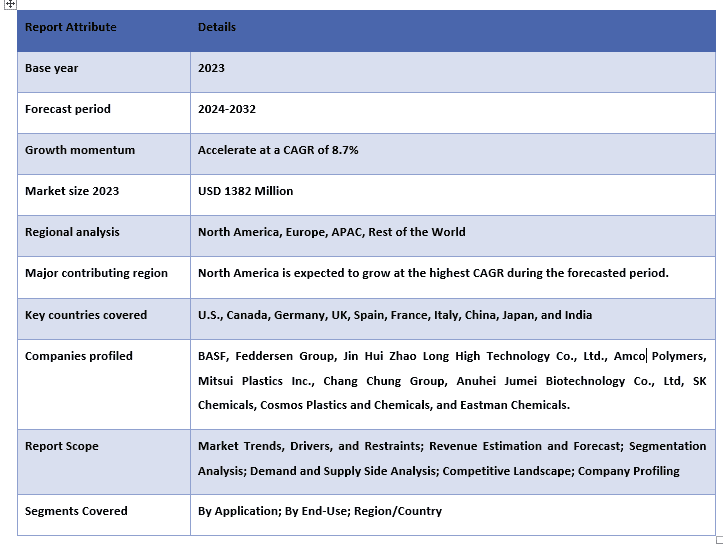
Motivi per acquistare questo rapporto:
- Lo studio include l'analisi delle dimensioni e delle previsioni del mercato convalidate da esperti chiave autenticati del settore.
- Il rapporto presenta una rapida revisione delle prestazioni complessive del settore a colpo d'occhio.
- Il rapporto copre un'analisi approfondita dei principali concorrenti del settore con un focus primario sui principali dati finanziari aziendali, sui portafogli di prodotti, sulle strategie di espansione e sugli sviluppi recenti.
- Esame dettagliato dei fattori trainanti, delle restrizioni, delle tendenze chiave e delle opportunità prevalenti nel settore.
- Lo studio copre in modo completo il mercato attraverso diversi segmenti.
- Analisi approfondita a livello regionale del settore.
Opzioni di personalizzazione:
Il mercato globale del polibutilene adipato tereftalato può essere ulteriormente personalizzato in base alle esigenze o a qualsiasi altro segmento di mercato. Oltre a questo, UMI comprende che potresti avere le tue esigenze aziendali, quindi sentiti libero di metterti in contatto con noi per ottenere un rapporto che si adatti completamente alle tue esigenze.
Domande frequenti (FAQs)
Indice
Metodologia di ricerca per l'analisi del mercato del polibutilene adipato tereftalato (2024-2032)
L'analisi dello storico del mercato, la stima del mercato attuale e la previsione del mercato futuro del mercato globale del polibutilene adipato tereftalato sono stati i tre passaggi principali intrapresi per creare e analizzare l'adozione del polibutilene adipato tereftalato nelle principali regioni a livello globale. È stata condotta un'esauriente ricerca secondaria per raccogliere i dati storici del mercato e stimare le dimensioni attuali del mercato. In secondo luogo, per convalidare queste informazioni, sono state prese in considerazione numerose scoperte e ipotesi. Inoltre, sono state condotte anche interviste primarie approfondite con esperti del settore lungo tutta la catena del valore del mercato globale del polibutilene adipato tereftalato. Dopo l'assunzione e la convalida dei dati di mercato attraverso interviste primarie, abbiamo impiegato un approccio top-down/bottom-up per prevedere le dimensioni complete del mercato. Successivamente, sono stati adottati metodi di scomposizione del mercato e di triangolazione dei dati per stimare e analizzare le dimensioni del mercato dei segmenti e sottosegmenti pertinenti al settore. La metodologia dettagliata è spiegata di seguito:
Analisi delle dimensioni storiche del mercato
Fase 1: Studio approfondito delle fonti secondarie:
È stato condotto uno studio secondario dettagliato per ottenere le dimensioni storiche del mercato del polibutilene adipato tereftalato attraverso fonti interne all'azienda come relazioni annuali e bilanci, presentazioni sulle prestazioni, comunicati stampa, ecc., e fonti esterne tra cui riviste, notizie e articoli, pubblicazioni governative, pubblicazioni della concorrenza, rapporti di settore, database di terze parti e altre pubblicazioni credibili.
Fase 2: Segmentazione del mercato:
Dopo aver ottenuto le dimensioni storiche del mercato del polibutilene adipato tereftalato, abbiamo condotto un'analisi secondaria dettagliata per raccogliere informazioni storiche sul mercato e la quota per diversi segmenti e sottosegmenti per le principali regioni. I principali segmenti inclusi nel rapporto sono l'applicazione e l'uso finale. Inoltre, sono state condotte analisi a livello di paese per valutare l'adozione complessiva dei modelli di test in quella regione.
Fase 3: Analisi dei fattori:
Dopo aver acquisito le dimensioni storiche del mercato di diversi segmenti e sottosegmenti, abbiamo condotto un'analisi dettagliata dei fattori per stimare le dimensioni attuali del mercato del polibutilene adipato tereftalato. Inoltre, abbiamo condotto un'analisi dei fattori utilizzando variabili dipendenti e indipendenti come l'applicazione e l'uso finale del mercato del polibutilene adipato tereftalato. È stata condotta un'analisi approfondita degli scenari della domanda e dell'offerta considerando le principali partnership, fusioni e acquisizioni, espansioni aziendali e lanci di prodotti nel settore del mercato del polibutilene adipato tereftalato in tutto il mondo.
Stima e previsione delle dimensioni attuali del mercato
Dimensionamento attuale del mercato: sulla base di informazioni utili derivanti dalle 3 fasi precedenti, siamo giunti alle dimensioni attuali del mercato, ai principali operatori nel mercato globale del polibutilene adipato tereftalato e alle quote di mercato dei segmenti. Tutte le suddivisioni percentuali richieste e le ripartizioni del mercato sono state determinate utilizzando l'approccio secondario sopra menzionato e sono state verificate attraverso interviste primarie.
Stima e previsione: per la stima e la previsione del mercato, sono stati assegnati pesi a vari fattori, tra cui driver e tendenze, vincoli e opportunità disponibili per le parti interessate. Dopo aver analizzato questi fattori, sono state applicate tecniche di previsione pertinenti, ovvero l'approccio top-down/bottom-up, per arrivare alla previsione di mercato 2032 per diversi segmenti e sottosegmenti nei principali mercati a livello globale. La metodologia di ricerca adottata per stimare le dimensioni del mercato comprende:
Le dimensioni del mercato del settore, in termini di ricavi (USD) e il tasso di adozione del mercato del polibutilene adipato tereftalato nei principali mercati nazionali
Tutte le quote percentuali, le suddivisioni e le ripartizioni dei segmenti e sottosegmenti di mercato
I principali operatori nel mercato globale del polibutilene adipato tereftalato per quanto riguarda i prodotti offerti. Inoltre, le strategie di crescita adottate da questi operatori per competere nel mercato in rapida crescita.
Convalida delle dimensioni e della quota di mercato
Ricerca primaria: sono state condotte interviste approfondite con i Key Opinion Leader (KOL) tra cui dirigenti di alto livello (CXO/VP, responsabile vendite, responsabile marketing, responsabile operativo, responsabile regionale, responsabile paese, ecc.) nelle principali regioni. I risultati della ricerca primaria sono stati quindi riepilogati ed è stata eseguita un'analisi statistica per dimostrare l'ipotesi dichiarata. Gli input della ricerca primaria sono stati consolidati con i risultati secondari, trasformando quindi le informazioni in informazioni utili.
Suddivisione dei partecipanti primari nelle diverse regioni
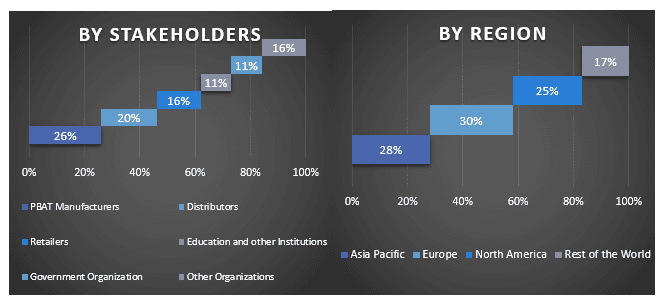
Ingegneria del mercato
La tecnica di triangolazione dei dati è stata impiegata per completare la stima complessiva del mercato e per arrivare a numeri statistici precisi per ogni segmento e sottosegmento del mercato globale del polibutilene adipato tereftalato. I dati sono stati suddivisi in diversi segmenti e sottosegmenti dopo aver studiato vari parametri e tendenze nelle aree di applicazione e uso finale nel mercato globale del polibutilene adipato tereftalato.
L'obiettivo principale dello studio sul mercato globale del polibutilene adipato tereftalato
Le tendenze di mercato attuali e future del mercato globale del polibutilene adipato tereftalato sono state individuate nello studio. Gli investitori possono ottenere informazioni strategiche per basare la propria discrezione per gli investimenti sull'analisi qualitativa e quantitativa eseguita nello studio. Le tendenze del mercato attuali e future hanno determinato l'attrattiva complessiva del mercato a livello regionale, fornendo una piattaforma per il partecipante industriale per sfruttare il mercato non sfruttato per beneficiare di un vantaggio di first-mover. Altri obiettivi quantitativi degli studi includono:
- Analizzare le dimensioni del mercato attuali e previste del mercato del polibutilene adipato tereftalato in termini di valore (USD). Inoltre, analizzare le dimensioni del mercato attuali e previste di diversi segmenti e sottosegmenti.
- I segmenti nello studio includono le aree di applicazione e l'uso finale.
- Definire e analizzare il quadro normativo per il polibutilene adipato tereftalato
- Analizzare la catena del valore coinvolta con la presenza di vari intermediari, insieme all'analisi dei comportamenti dei clienti e dei concorrenti del settore.
- Analizzare le dimensioni del mercato attuali e previste del mercato del polibutilene adipato tereftalato per la regione principale.
- I principali paesi delle regioni studiate nel rapporto includono Asia Pacifico, Europa, Nord America e il resto del mondo
- Profilo aziendale del mercato del polibutilene adipato tereftalato e le strategie di crescita adottate dagli operatori di mercato per sostenersi nel mercato in rapida crescita.
- Analisi approfondita a livello regionale del settore
Domande frequenti FAQ
Q1: Qual è la dimensione attuale del mercato e il potenziale di crescita del mercato del polibutilene adipato tereftalato?
Q2: Quali sono i fattori trainanti per la crescita del mercato del Polibutilene Adipato Tereftalato?
Q3: Quale segmento detiene la quota maggiore del mercato del Polybutylene Adipate Terephthalate per applicazione?
Q4: Quali sono le tecnologie e le tendenze emergenti nel mercato del Polibutilene Adipato Tereftalato?
Q5: Quale regione dominerà il mercato del polibutilene adipato tereftalato?
Correlati Report
I clienti che hanno acquistato questo articolo hanno acquistato anche

